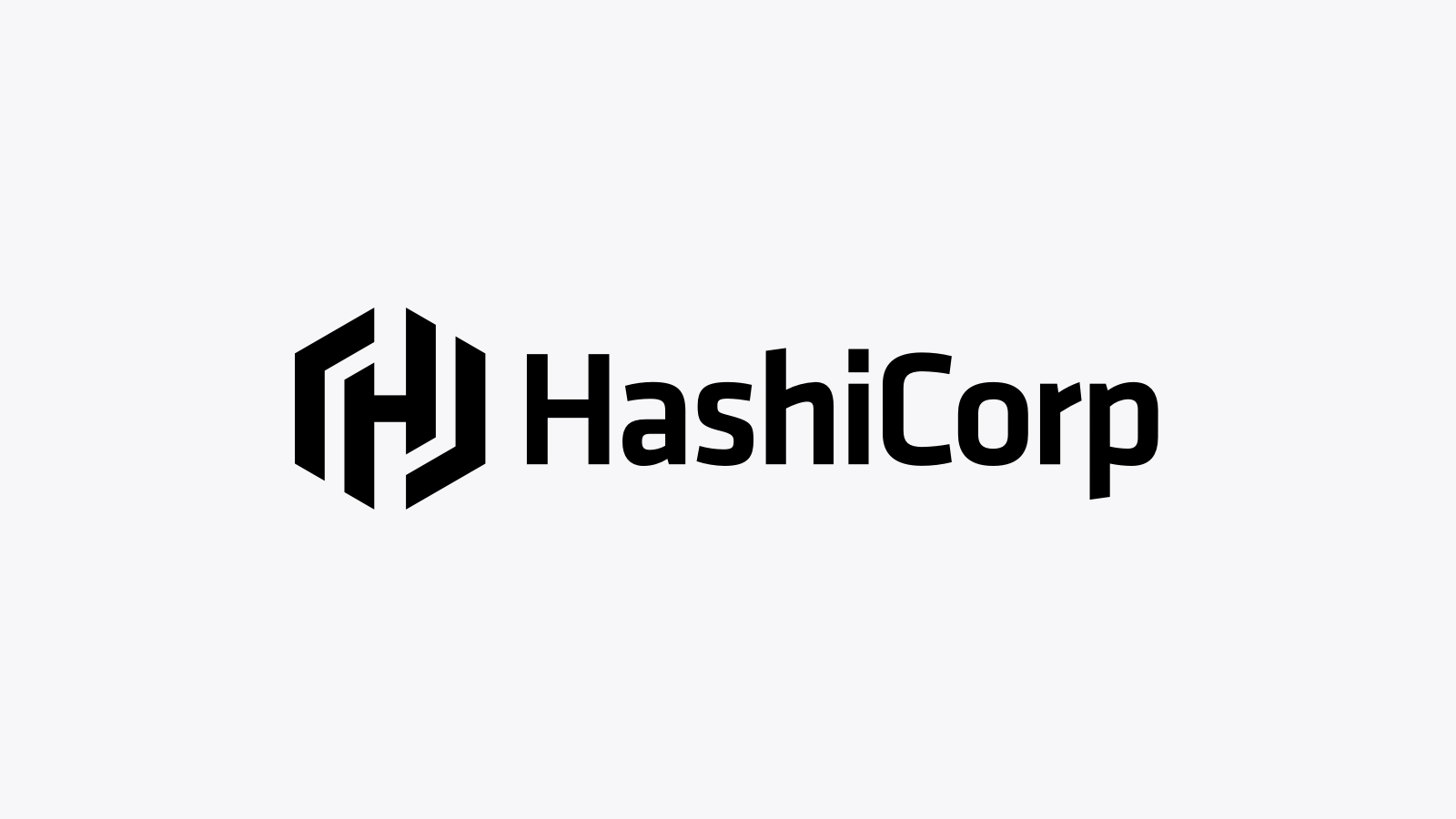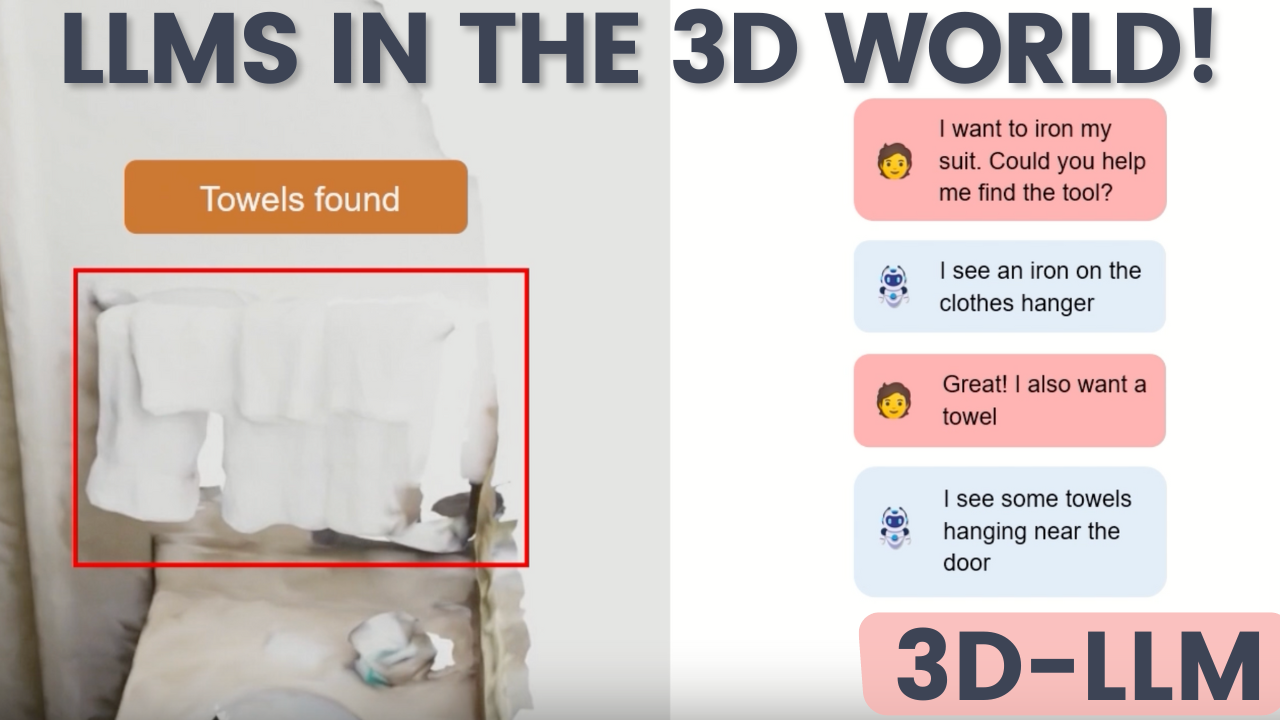Weekend Briefing No. 12

Good Saturday morning! In this weekend's briefing, we highlight a big change from open-source licensing, why you need to walk more, and applying LLMs to a 3D world. Oh, and Taylor Swift beats Elton John when it comes to tour revenues!
Interesting data points
- Macao is the most dense country, it has 21,338 people per square kilometer
- Greenland is the least dense country, there are only 0.03 people per square kilometer
- Taylor Swift claims the highest-grossing tour at $1.4 billion dollars, beating out Elton John's farewell tour at a "paltry" $939 million dollars
Hashicorp Drops Open Source, Goes BSUL
Big news from the open-source license world, Hashicorp drops its completely open-source license structure for its products to a Business Source License (BSUL). This affects all its products including the biggest, Terraform.

Mind you, I completely understand this move, in fact Elastic Search did something similar with a move from a pure open-source license to a Server Side Public License (SSPL).
Our approach has enabled us to partner closely with the cloud providers to enable tight integration for our joint users and customers, as well as hundreds of other technology partners we work closely with. However, there are other vendors who take advantage of pure OSS models, and the community work on OSS projects, for their own commercial goals, without providing material contributions back. We don’t believe this is in the spirit of open source. (emphasis mine)
Note: All of Hashicorp's SDKs, APIs, and other libraries will remain Mozilla Public License v2.0 (MPL 2.0).
Walk More
A recent study published by European Journal of Preventive Cardiology reveals findings that tacitly knew, sitting on your "duff" is not healthy and we all need to move more if want to grow old. The solution to a longer life? Walk more.

However, the new analysis of 226,889 people from 17 different studies around the world has shown that the more you walk, the greater the health benefits. The risk of dying from any cause or from cardiovascular disease decreases significantly with every 500 to 1000 extra steps you walk. An increase of 1000 steps a day was associated with a 15% reduction in the risk of dying from any cause, and an increase of 500 steps a day was associated with a 7% reduction in dying from cardiovascular disease. (emphasis mine)
That's some big impacts! If you walked only 1,000 steps more a day you're chances of dying from any cause drops 15%. Do yourself a favor and get yourself a Fitbit or an iWatch and start walking.
LLMs in a 3D World
Imagine using LLMs to interact with the 3D world. This is a bit of a mind bender but I can see this being a breakthrough in AI assistance for us. I can see this applied to people with disabilities, remote monitoring, and even security use cases. Very interesting indeed!

Point clouds are collections of 3D data points representing spatial coordinates of objects or environments. In AI for 3D scenes, point clouds are used as an efficient data representation. It’s used a lot in autonomous driving, robotics, or augmented reality, where they enable AI models to perceive and interact with the real world in three dimensions.
The Python code base is below if you want to check it out:
End Notes
I believe in open-source and strongly so, but I also believe that an organization needs to make money to survive and grow. This is where the licensing a startup selects in the beginning of it's life can either amplify or hamper it's long term growth. It's often a delicate balance between growing a thriving community and making money.
I remember when RapidMiner switched from a truly open-source product to something closed source. A lot of the community rebelled and left for Python and other open-source packages. Yet, RapidMiner and the 100s of other startups needed to grow and make money, or else this whole AI industry dies out.
So how do grow and keep your community while simultaneously be able to make money and grow? It comes down to two things: how you build your product(s) and what license structure you'll use for them.

The worst thing you can do, in my mind, is switch license structures midstream. Going from some open source license like Apache-2.0 to Server Side Public License (SSPL) can cause all kinds of havoc in a community that relies on your product or SDK. Do companies pull it off? Yes, Elastic NV did but that doesn't mean your startup will.
The question is, will Hashicorp be able to pull it off? Most likely yes, because they're keeping all their APIs and SDKs open-source (for now). They realize that their growth has been the adoption of their products by the community but are tired of larger entities voiding the open-source social contract. So their taking aim at them while trying to keep the community intact, as best as they can.
What if Hashicorp started with the Business Source License in the first place? Would they have been adopted as widely as they are now in the community? I don't know the answer but in my experience, permissive software licenses for both personal and commercial users tend to be adopted faster than a hybrid model of open-source for personal but quasi-closed source for production.
However, it's also been my experience that there are a lot of testers out there, that only a fraction of AI models and pipelines ever make it into production. Why should the open-source community cry "foul" in that case? They don't, but they like the feeling of "not being tied down" just in case their special AI model makes it to production.
So perhaps a Business Source License makes the most sense here. It's essentially telling all the users in production that if you're getting value out a software then you should pay. They should honor the social contract of open-source and help that startup thrive and grow and I'm 100% ok with that. I'm ok with getting paid for hard work.
After all, do you work for free?









Member discussion